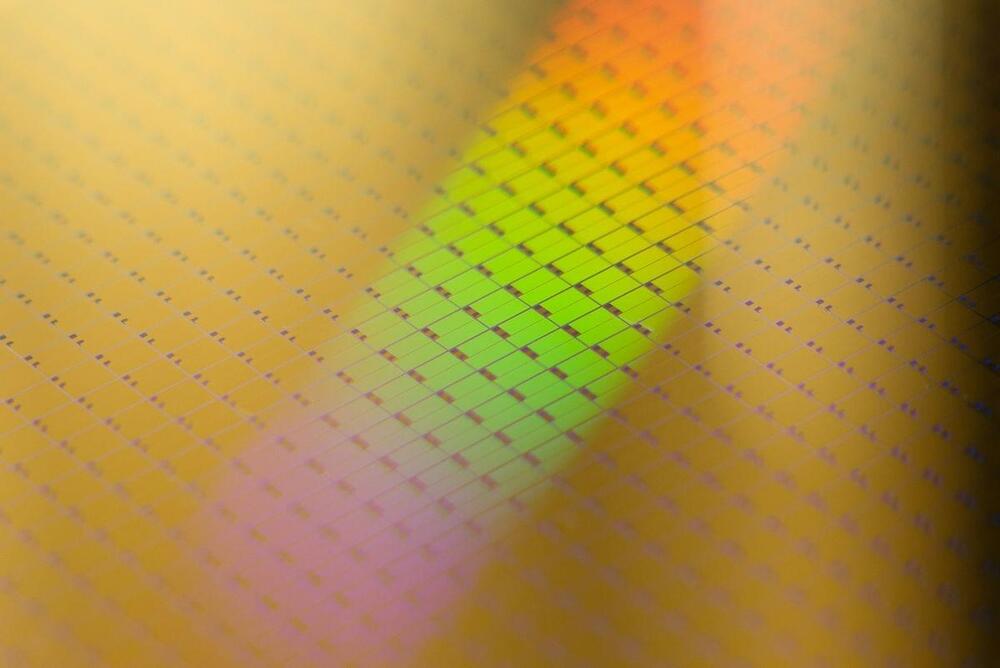Rather, he says his motivation in accumulating wealth has always been about securing independence, the freedom to do what he wishes in business and in life — and he wishes more people would follow his example.
“The world is not driven by greed. It’s driven by envy,” Munger said at the annual meeting of the Daily Journal, the newspaper company where he is a director, earlier this year.
The 98-year-old, who has amassed a fortune that Forbes estimates at $2.2 billion, added that it’s easy, and common, for people to become envious. No matter how much some people have, someone else will always have more, he noted.




